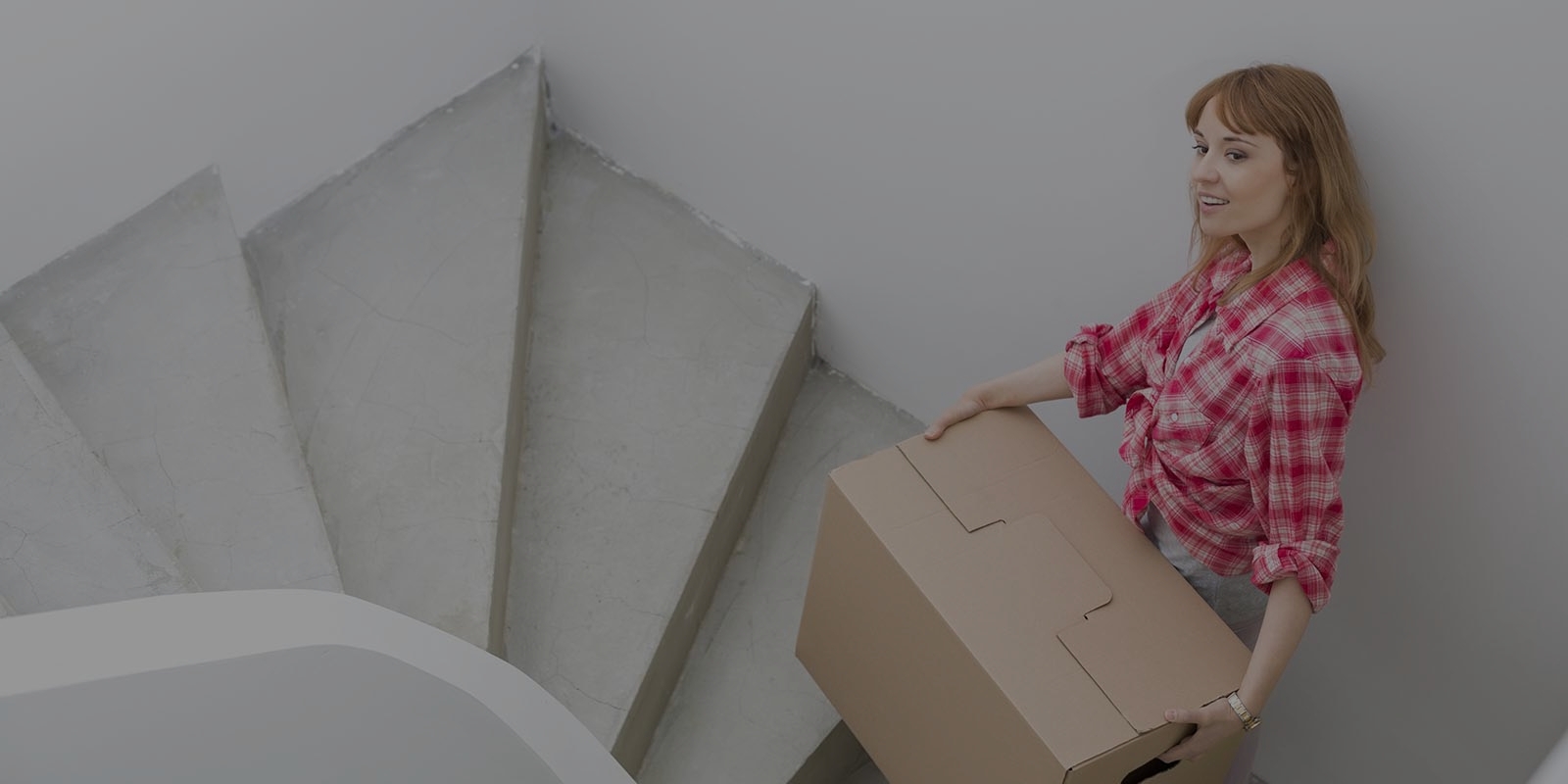Streamline Your Bed and Mattress Moving Process
Posted on 19/06/2025
Moving to a new home can be both exciting and daunting, especially when it comes to handling bulky items like beds and mattresses. Streamlining your bed and mattress moving process not only saves time but helps prevent damage and stress. Whether you're hiring furniture movers or tackling the job DIY-style, every step counts toward a smooth transition.
Why Careful Planning Matters When Moving Beds and Mattresses
Many overlook the importance of meticulous preparation when transporting bedroom furniture. Beds and mattresses are substantial investments, both in cost and comfort. Managing the mattress and bed moving process correctly ensures their longevity and guarantees a seamless setup in your new space. Below, learn strategic steps to simplify the process and avoid common mishaps.
Pre-Move Preparation: Laying the Groundwork
Before you move your bed and mattress, take the following initial steps to avoid last-minute confusion and minimize the risk of damage:
- Take accurate measurements: Measure doorways, staircases, and the dimensions of your bed frame and mattress. This will ensure a proper fit during transit and at your new home.
- Clear the pathway: Remove obstacles from hallways and rooms on both ends of your move. A clear path not only makes the process faster but keeps everyone safe.
- Gather required supplies: Must-have items include a wrench or screwdriver for bed disassembly, mattress bags, moving blankets, packing tape, rope or straps, and labels for hardware.
- Enlist help: Beds and mattresses are heavy and awkward to carry. Ask friends for help or consider hiring professional movers with experience in moving mattresses and beds.
Disassembling Your Bed Frame: Step-by-Step
Most beds need to be taken apart before they can be moved easily. Here's the best way to tackle the disassembly process:
- Remove Bedding: Strip your bed completely, including sheets, comforters, pillows, and mattress protectors. Wash and pack bedding in separate bags or boxes.
- Take Out the Mattress: Carefully lift the mattress off the frame and place it on the floor or against a solid wall.
- Disassemble the Bed Frame: Starting with slats or support pieces, use the appropriate tool to remove screws, bolts, and nuts. For platform, sleigh, or adjustable beds, consult the manufacturer's instructions for specialized hardware.
- Store Small Parts: Place all screws, nuts, bolts, and other hardware in a sturdy plastic bag, labeling it clearly (e.g., "Bed Frame Hardware"). Tape the bag to a bed component so it doesn't get lost.
- Bundle Bed Frame Pieces: Use moving blankets or bubble wrap to cushion headboards, footboards, and rails, then secure with packing tape or stretch wrap.
Preparing Your Mattress for Moving
A clean, undamaged mattress will give you a better night's sleep in your new home. Here's how to streamline the mattress moving process and prevent stains, tears, and dust buildup:
- Clean before packing: Vacuum both sides of the mattress and spot clean stains following the manufacturer's guidelines.
- Use a mattress bag: Slide your mattress into a heavy-duty, waterproof mattress bag. These are inexpensive yet invaluable for guarding against dirt and moisture during transit.
- Seal the bag: Tape the ends closed for additional protection.
- Handle with care: Don't bend or fold the mattress--this can damage inner springs or foam layers. Always transport it upright whenever possible.
- Box springs and foundations: Bag and wrap box springs or foundations the same way you do mattresses.
Packing and Protecting Beds and Mattresses
Proper packing is the secret to a hassle-free bed and mattress move. Take these extra steps to avoid scrapes, dents, or other damage:
- Wrap each component: Use moving blankets, bubble wrap, or heavy-duty plastic. Focus on corners and edges that might bang into walls.
- Secure with tape or ties: Ensure the protective materials won't come loose during the move.
- Label everything: Mark parts of the bed frame such as "Headboard" or "Rails" for easy reassembly. Place all hardware in well-marked bags as previously described.
- Be mindful of special materials: For beds made of antique wood or with delicate designs, opt for cotton sheets or softer wraps to avoid abrasions.
Loading and Transporting: Efficient Moves for Beds and Mattresses
Loading your beds and mattresses into a vehicle correctly is essential to prevent shifting, crushing, or water damage. Whether you hire a moving truck or use your own, this checklist is essential:
- Load the mattress upright: Stand the mattress up on its side so it takes up less space and is less likely to be damaged.
- Secure the load: Use ropes or ratchet straps to hold the mattress and bed frame pieces in place. This prevents sliding during transit.
- Use padding generously: Position blankets or foam padding between the mattress and anything sharp or abrasive (like bed rails or other furniture).
- Protect against moisture: Make sure the mattress bag is sealed tight, especially if rain is forecast or you need to leave items in storage for any period.
- Lift safely: Use your legs, not your back. For heavy headboards or king-sized mattresses, enlist a helper.
- Don't overload the truck: Cramming too many items in can cause crushing or falls when unloading.
Unloading and Reassembling: The Smooth Return to Comfort
At your new destination, unpacking and putting your bed back together correctly is as important as the move itself. Here's how to do it:
- Unwrap carefully: Remove moving blankets and mattress bags only after bringing your pieces into the room. This avoids dirt and keeps protective materials from catching on doorways or corners.
- Check the hardware: Retrieve your labeled bag of screws and bolts. Verify that you have all necessary parts before starting assembly.
- Reassemble the frame: Follow the instructions in reverse order from disassembly. Always tighten hardware securely, but avoid stripping screws or over-tightening.
- Install slats or foundations: Lay down support pieces or box springs as needed.
- Place the mattress: Carefully position the mattress on the frame or foundation. Check for stability and creaks.
- Remake your bed: Dress your mattress with fresh linens and pillows. Celebrate your successful, streamlined bed moving process!
Common Mistakes When Moving Beds and Mattresses
- Skipping measurements: Failing to measure can leave you unable to fit furniture through doors or up stairs.
- Neglecting mattress protection: Don't skip the mattress bag--it only takes one rainy move or dirty truck bed to ruin your sleep surface.
- Misplacing small parts: Use labeled bags and tape them to large pieces for convenience.
- Forgetting specialty tools: Beds often have unique hardware. Make sure you have all necessary tools before beginning disassembly.
- Improper lifting technique: Don't risk back injuries. Always lift with your knees and get help with bulky components.
Frequently Asked Questions Regarding Bed and Mattress Moves
- Can I move a mattress by myself?
Technically yes, but it's not recommended for anything larger than a twin size. Mattresses are heavy and unwieldy. Enlist help for anything larger and always use a mattress bag. - Are moving straps worth it?
Absolutely. Moving straps or furniture dollies prevent injury and make the mattress transportation process much easier, especially on stairs or through narrow hallways. - How do I clean a mattress after a move?
Vacuum both sides to remove dust. Spot-treat any stains with a mild cleaner, then allow to fully dry before making the bed. - Should I hire professional movers for my bed and mattress?
If you have a king-size or specialty bed, or you're moving long distance, professional movers are well equipped to handle these bulky items safely and efficiently.
Summary: Moving Your Bed and Mattress Doesn't Have to Be Stressful
By following these bed and mattress moving process tips, you'll save time, reduce risk, and enjoy a restful night in your new home faster. To recap:
- Plan ahead: Take measurements, gather supplies, and clear pathways before moving day.
- Disassemble and protect: Carefully break down bed frames, safeguard small parts, and use proper protection for mattresses.
- Handle with care: Always use proper lifting techniques and don't hesitate to get help.
- Stay organized: Label hardware and parts for fast, frustration-free reassembly.
- Prioritize protection: Waterproof and wrap everything against dust and impacts at all stages.
One last tip: If you're storing your bed and mattress for a while, place them in a climate-controlled environment to prevent moisture damage and mold. Whether you move across town or across the country, following a structured plan will streamline your bed and mattress moving process--so you can focus on making your new house a home.









